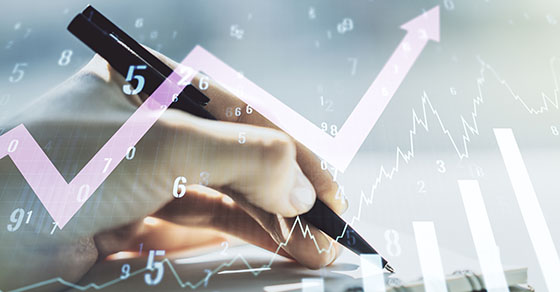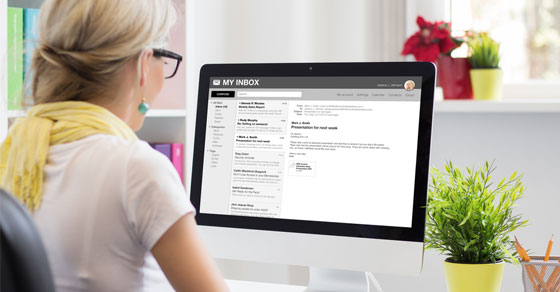
Forecasting key business metrics — such as sales demand, receivables, payables and working capital — can help you reduce excess inventory and other overhead, offer competitive prices, and keep your business on solid financial footing. Although historical financial statements are often the starting point for forecasts, you’ll need to do more than just multiply last year’s numbers by a projected growth rate, especially in today’s uncertain marketplace. To help determine the right forecasting methods for your business, ask yourself these five questions.
1. How far into the future do you plan to forecast?
Forecasting is generally more accurate in the short term — the longer the time period, the more likely it is that customer demand or market trends will change. While quantitative methods, which rely on historical data, are typically the most accurate forecasting methods, they don’t work well for long-term predictions. If you’re planning to forecast over several years, try qualitative forecasting methods, which rely on expert opinions instead of company-specific data.
2. How steady is your demand?
Weather, sales promotions, safety concerns and other factors can cause sales to fluctuate. For example, if you sell ski supplies and apparel, chances are good your sales will dip in the summer.
If demand for your products varies, consider forecasting with a quantitative method, such as time-series decomposition, which examines historical data and allows you to adjust for market trends, seasonal trends and business cycles. You also may want to adopt forecasting software, which allows you to plug other variables into the equation, such as individual customers’ short-term buying plans.
3. How much data do you have?
Quantitative forecasting techniques require varying amounts of historical information. For instance, you’ll need about three years of data to use exponential smoothing, a simple yet fairly accurate method that compares historical averages with current demand.
If you want to forecast for something you don’t have data for, such as a new product, you might use qualitative forecasting. Alternatively, you could base your forecast on historical data for a similar product in your lineup.
4. Do you carry inventory?
If you stock standard inventory items for customers to purchase, rather than working on custom orders, forecasting is particularly critical for establishing accurate inventory levels and improving cash flow. For peak accuracy, take the average of multiple forecasting methods. To optimize inventory levels, consider forecasting demand by individual products as well as by geographic location.
5. How many products do you sell?
If you’re forecasting demand for a wide variety of products, consider a relatively simple technique, such as exponential smoothing. If you offer only one or two key products, it’s probably worth your time and effort to perform a more complex forecasting method for each one, such as a statistical regression model.
What’s right for your business?
Although these questions focus primarily on retailers, manufacturers and other businesses that sell products, service providers can ask similar questions to determine the optimal forecasting approach. Contact us to discuss the forecasting practices that make sense for your business.
© 2022




